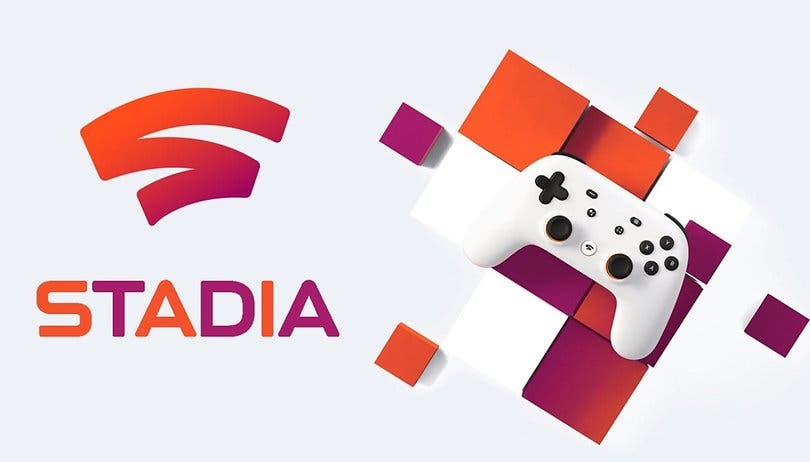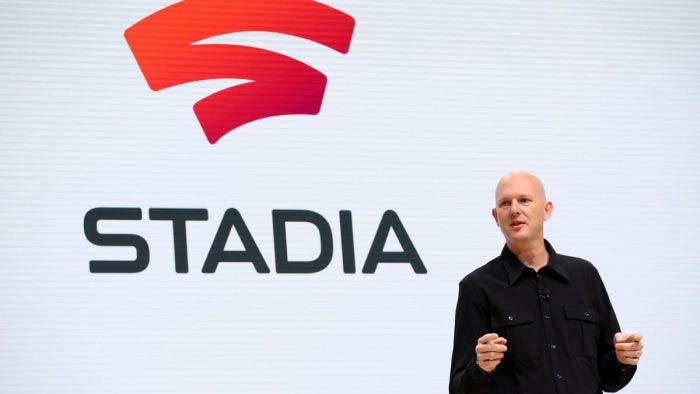In the next two months, we have two products that attract attention. In October the Pixel 4 arrives, reserving November for Google Stadia. The streaming gaming platform still has a lot to tell, but little by little we learn details. And there is already confirmation of an aspect that many expected: we can play on Android TV.
Confirmed: Android TVs will have access to Google Stadia
Android TV has not received special attention from Google, but this could change in the future. As XDADevelopers has confirmed, during an international broadcasting conference took place in Amsterdam, Google has shown the next novelties that it would integrate into the TV version of its operating system.

Google has revealed its plans for Android TV from the current system version (10 Q) to Android (12 S). This does not mean that they are already developed or that everything planned will definitely be introduced, but it does show the intentions of revitalizing the platform.
According to Google roadmap, Android TV will acquire the following functions:
- Android 10 Q (2019)
- Assistant for Operators EAP (Early Access Program).
- Play Store refresh, subscriptions & discovery.
- Single build programs & turnkey OTT (Over-the-top) device.
- Pilot homescreen and instream ads.
- Performance test suite.
- 5.0k Apps.
- Android 11 R (2020)
- Assistant for Operators GA (General Access) more partners & i18n (internationalization.)
- Assistant farfield reference designs, improved x-device targeting.
- Hero device advancing next-gen smart home UX, e.g. Lens, Camera. [Google is apparently working on bringing Google Lens and Android 10’s Live Captions to Android TV]
- Expand homescreen and instream ads offering.
- Stadia integration.
- Reference video broadcast.
- 8.0k Apps
- Android 12 S (2021 ) & beyond
- Assistant for Operators: continuously improve quality, i18n (internationalization), and operator integrations.
- Hero device program advancing next-generation.
- Continue to lower TTM/TCO (time to market/total cost of ownership) & expand monetization options.
- Less fragmentation in HW (hardware) + SW (software) solutions, fewer builds.
- Hold the line on memory & power, critical user journeys.
- Continuous performance monitoring of production devices.
- 8.0-10k Apps





